Aston Martin Valkyrie | Speed, Price, Performance, Specifications: In the last post, we have talked about the brilliant sports car, Aston Martin Valhalla. Today we will talk about the father of the Aston Martin Valhalla. The sports car, we will be talking about is popularly known as Aston Martin Valkyrie.

Table of Contents
Overview of Aston Martin Valkyrie

Aston Martin Valkyrie, also known as Nebula (AM-RB 001) is manufactured by British automobile manufacturer Aston Martin in collaboration with Red Bull Racing and several other manufacturers.
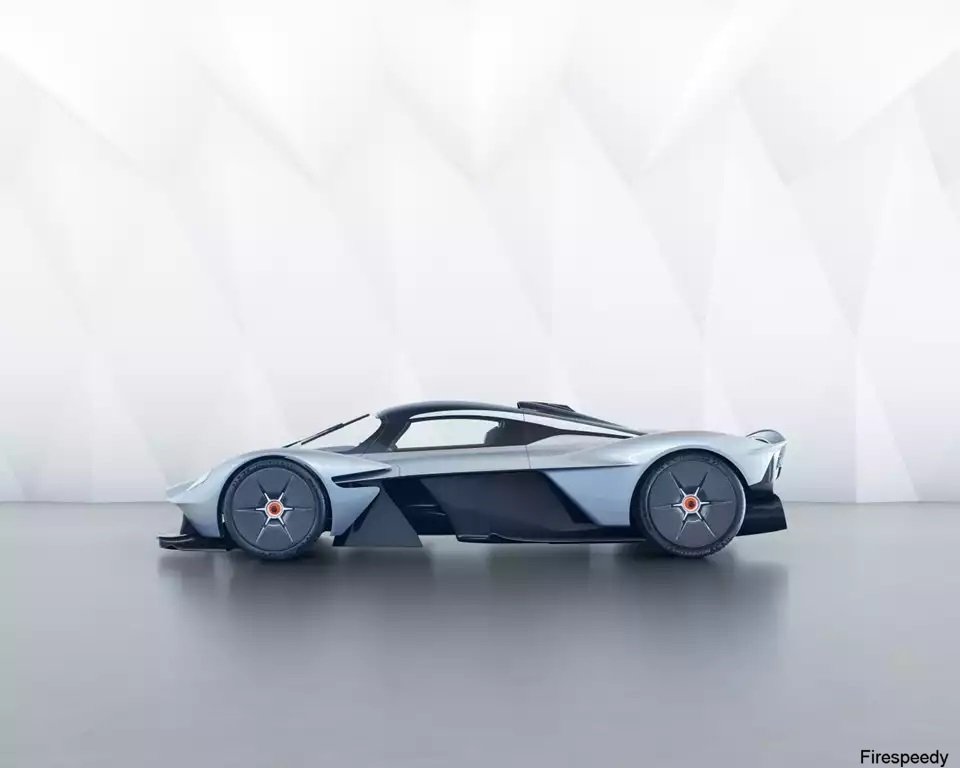
The sports car is designed by popular designers: Adrian Newey, Marek Reichman, and Miles Nurnberger.

Specifications of Aston Martin Valkyrie
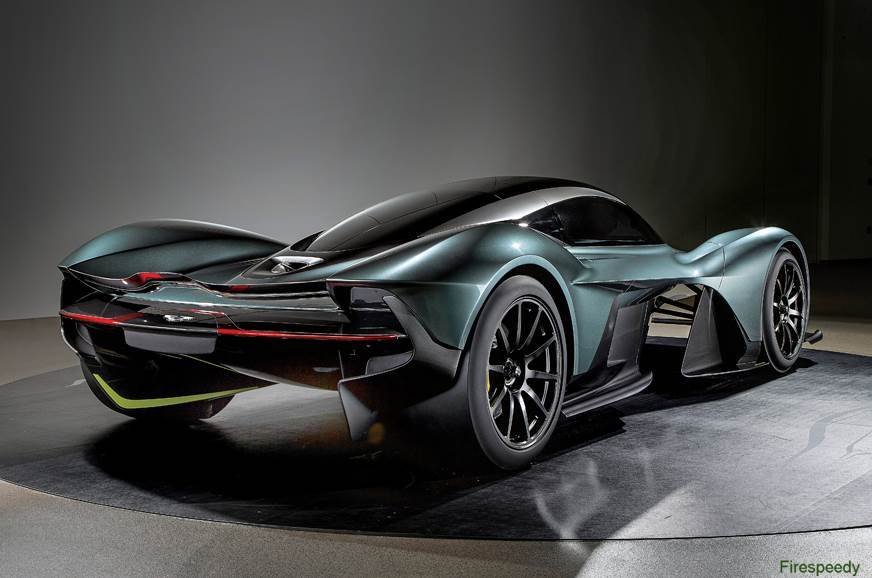
| Production | 2023 (expected) |
| Class | Sports car |
| Engine | 6.5-liter naturally-aspirated V12 engine |
| Transmission | 7-speed Ricardo transmission |
| Power | 1,160 hp / 865 kW |
| Manufacturer | Aston Martin in collaboration with Red Bull Racing and several other manufacturers |
| Designers | Adrian Newey, Marek Reichman, and Miles Nurnberger |
| Battery | Rimac KERS hybrid battery system |
| Doors | Gull-wing |
| Cost | 3.2 million US dollars |
| Weight | 1,050–1,100 kg (2,315–2,425 lb) |
| Competitor | Mercedes-AMG One |
Engine

The Valkyrie is powered by a 6.5-liter naturally-aspirated V12 engine producing 1000 horsepower @10500 Rpm.

It is further powered by a Rimac-built hybrid battery system, which acts as a kinetic energy recovery system. It is installed on the side of the engine, producing up to 160 hp (119 kW).

So, total Power produced is 1,160 hp / 865 kW (1000 hp + 160 hp) and producing 1,814 kg (4,000 lb) of downforce.

Transmission
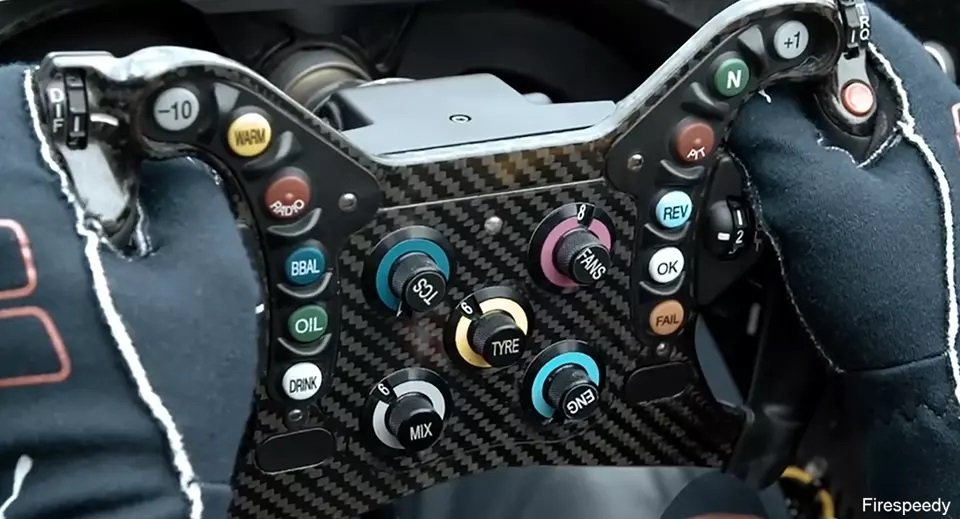
The Aston Valkyrie is powered by a 7-speed Ricardo transmission single-clutch.
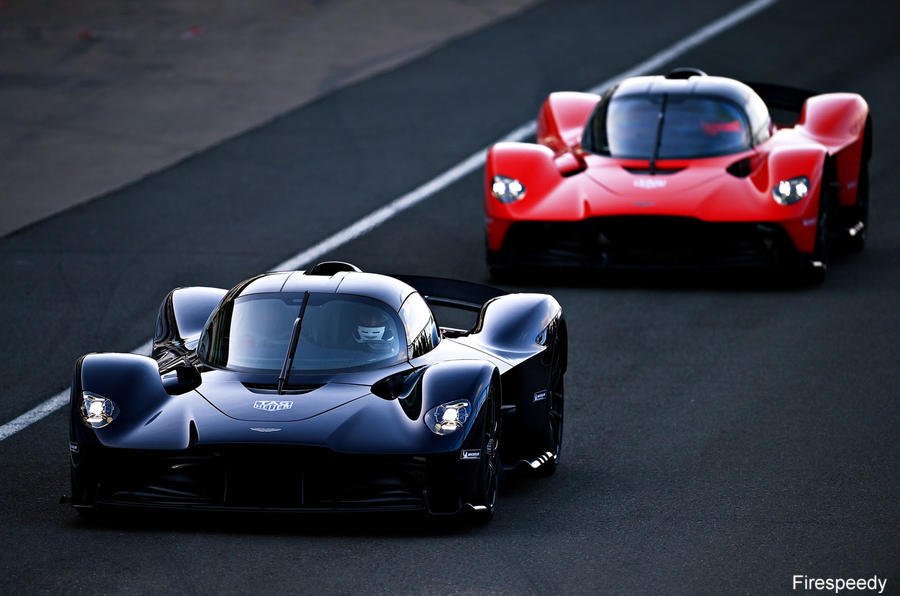
Aerodynamics
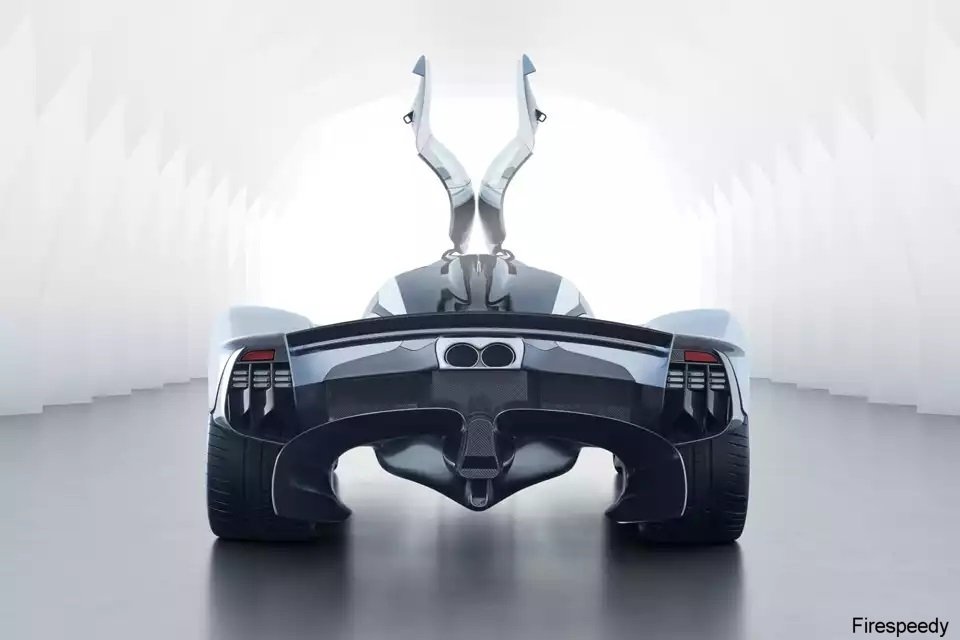
Aston Valkyrie is a sports car, that supports a massive engine and is capable of reaching a top speed of 191 miles per hour with a lower coefficient of drag as 0.30. So, to ensure the safety and stability of both the vehicle and driver, its aerodynamics must be taken into consideration.

To avoid aerodynamic stresses, this supercar is designed expertly and perfectly. So, it can achieve maximum effectiveness and efficiency. It is an aerodynamic car, including a large rear wing, an additional front splitter with air vents.

Interior
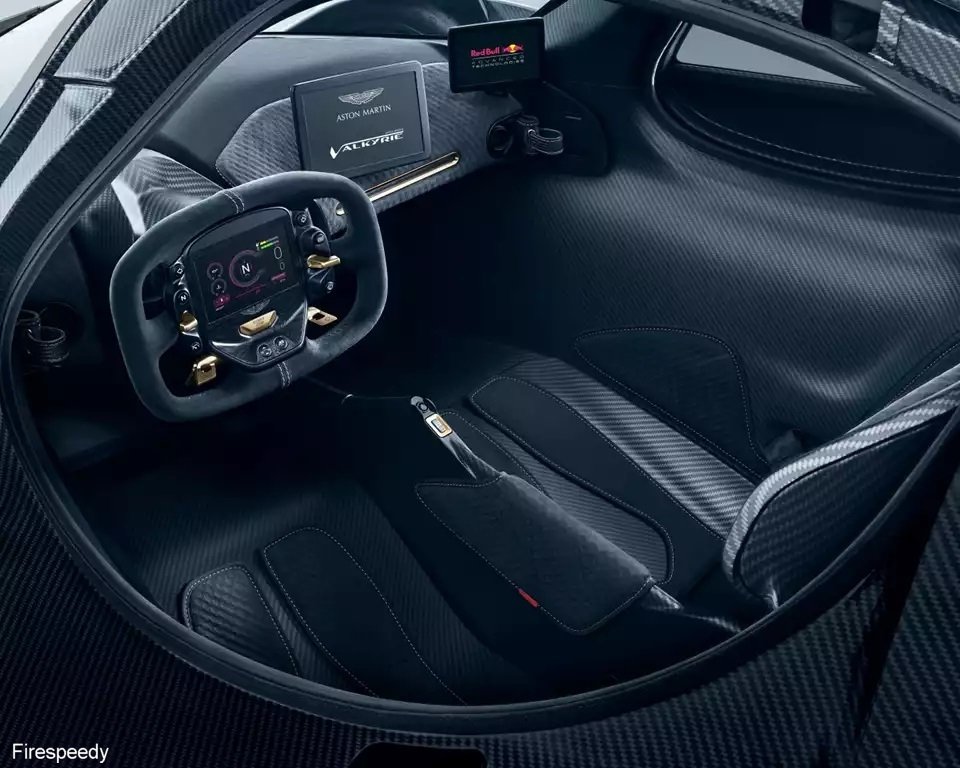
The interior design was leaked online on 20 June 2017. It is accompanied by a large collection of screens.
No side mirrors. Replaced by screens placed on either side of the dashboard, showing the side views.

One screen sits at the top of the center of the dashboard, showing the vehicle information and controls, i.e., A.C, audio, etc.

Other specifications
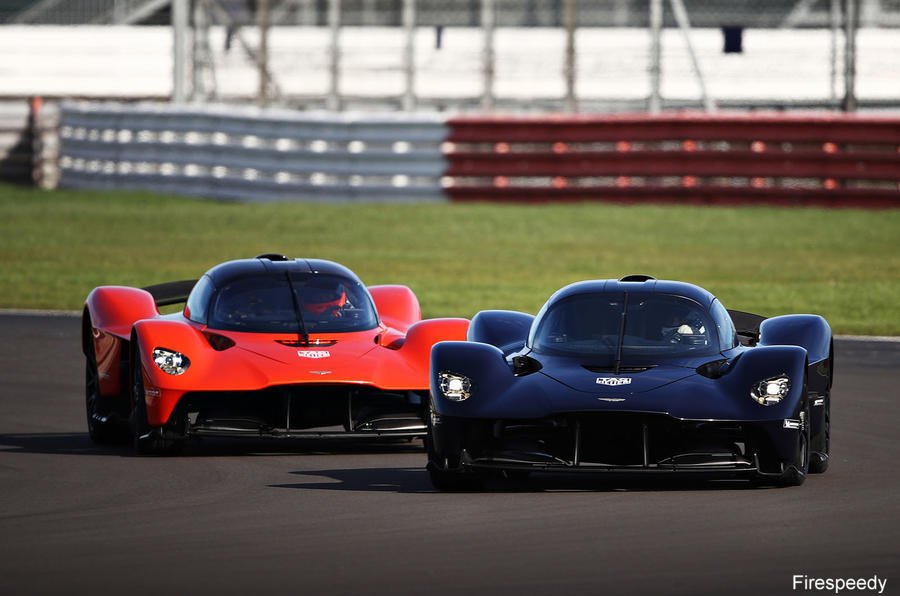
The car would weigh between 1,050 and 1,100 kg (2,315–2,425 lb).

The seats are bucket variants, made up of hollow carbon fiber and have two seat belts for each car seat.
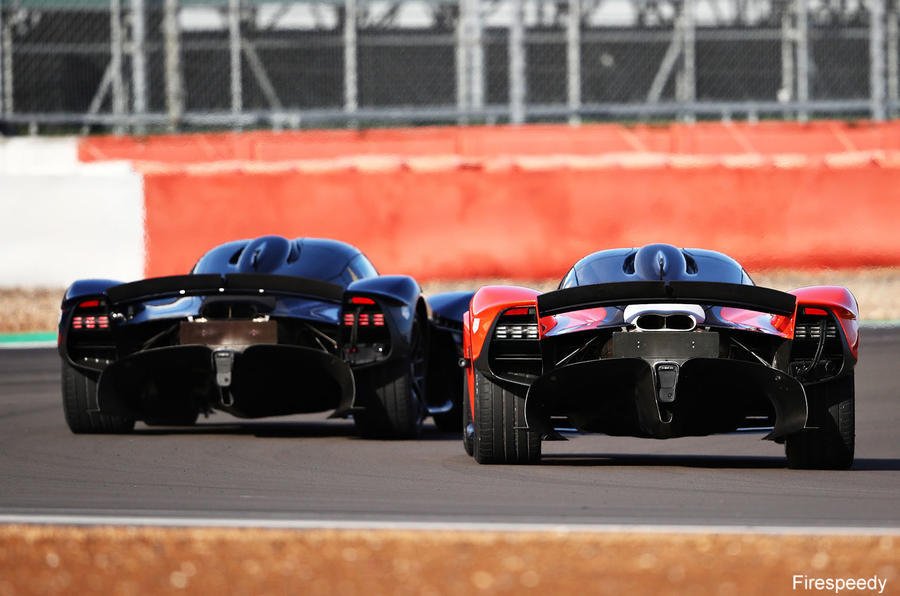
Production of Aston Martin Valkyrie

The production of this sports car will be limited to 150 units at a per-unit price of US$3.2 million.

Performance

The car can accelerate from 0-60 mph (97 km/h) in just 2.5 seconds.
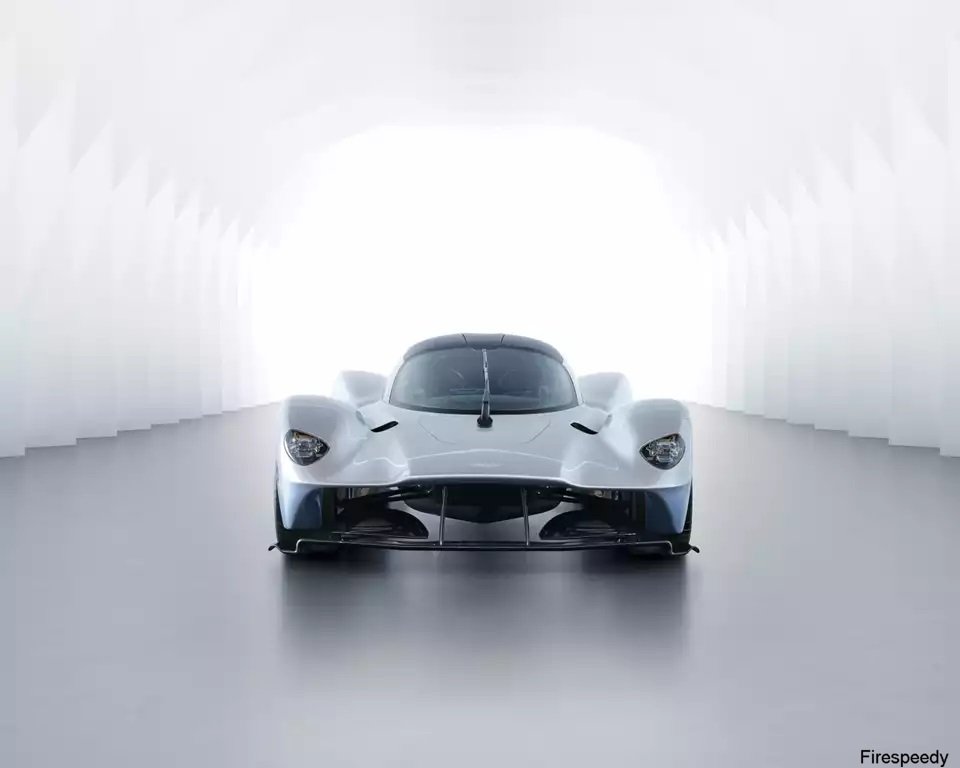
Competitor of Aston Martin Valkyrie
Mercedes-AMG One

Mercedes-AMG One is the best competitor of Aston Martin Valkyrie. AMG One is an upcoming sports car powered by a 1.6 L V6 engine, an Electric motor with turbochargers generating a massive power of 1000 hp.
Mercedes claims a top speed of more than 350 kmph. The car is powered by 8-speed manual transmission. It will accelerate from 0-200 kph in less than 6 seconds.
I hope you have liked the article related to Aston Martin Valkyrie, will comment below and share it with your friends and family. This helps in motivating us and bringing good content for you.
See also:
- SSC Tuatara | Speed, Price, Records, and Specifications
- Koenigsegg Jesko | Speed, Price, Records, and Specifications
- Koenigsegg Agera RS | Speed, Cost, Records, and Specifications
- Parker Solar Probe | Fastest man-made object in the world
- Bloodhound | Fastest Car in the World
- Cadillac Cyclone XP-74 1959 – Concept car
- What are a rocket and its uses – How do rockets work?
- Lightyear one – Car on solar energy and Long-range electric car
- How big is the Universe? | 93,000 million light-years
- Helios 2 – Second fastest man-made object in the world

